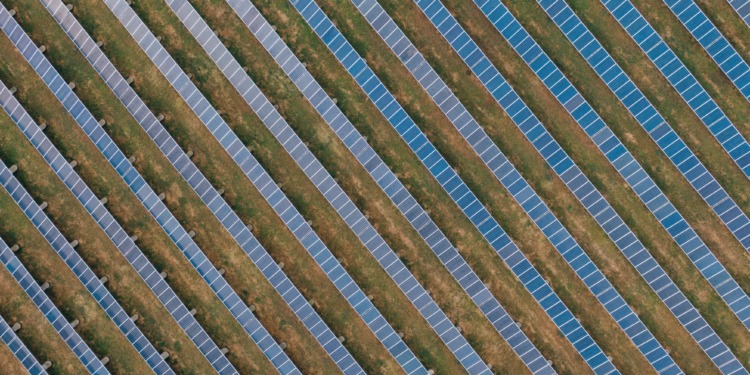The report demonstrates the results of the drive in Europe to end the use of climate change-causing fossil fuels and move towards cleaner, more sustainable energy generation such as wind and solar. Solar energy is clearly on the rise with an increase of 13% in use.
“The decline in fossil fuels is a sign of the times. Coal and gas are too expensive, too risky, and the EU is cutting them out. But we need to see clean power replacing fossil fuels faster. A massive push, especially on solar and wind, is urgently needed to underpin a resilient economy across Europe.”
— Matt Ewen, Europe data analyst, Ember.
Why is this happening?
The driving force behind this change is a commitment across EU governments, business and society to turn to climate–friendly energy sources. The EU Commission’s own efforts, including the Fit-for-55 package, despite misgivings, is clearly having an impact on the ground, among citizens opting to go green and use clean power.
However, another driving force is the current crisis in Ukraine and the cut-off of gas from Russia on which Europe had come to blindly rely without realising the geopolitical risks. This caused a spike in energy prices, meaning that many countries in Europe were forced to find alternative sources of power to provide energy security, with the continued use of fossil fuels looking risky. Many governments also introduced measures to cut energy use overall.
Where is this happening?
Although fossil fuel use is down right across Europe, five member states seem to be making substantial progress. Portugal, Austria, Bulgaria Estonia and Finland have all seen a drop of 30% in fossil fuels use.
However, the move to renewable energy is happening at a swift rate globally, too. A report from the World Economic Forum shows that several countries are leading the way in the move away from fossil fuels.
Related articles: EU Fit for 55: Parliament Approves Crucial Parts of the Climate Package | Impakter Joins Climate Coverage Initiative | REPowerEU: The EU’s Plan to Rapidly Reduce Dependence on Russian Energy and Tackle the Climate Crisis |
In their report, three European countries top the global rankings, first Sweden, followed closely by Norway and Denmark. But, interestingly, China and India have also been making progress: China is betting on electric vehicles while heavily investing in solar and wind energy. China has been active in clean energy expansion, accounting for 40% globally. But it still relies heavily on coal production (61% of its total energy mix).
While India has an urgent need to electrify its vast rural areas and fossil fuels appear as the cheaper option (especially as it benefits from Russian supplies at cut rates), India has also identified solar power as a desirable, pollution-free option. A report shows that this is not only due to a commitment to environmental issues but also to address its concerns about India’s environmental security in a time of economic expansion
Where will this lead?
The evidence shows a growing commitment by leading economies to the move from fossil fuels to cleaner and more environmentally friendly power sources.
Greta Thunberg confidently declared: “The world has had enough fossil fuels. We must have the courage to change”. Alas, it would appear that not all the world has had enough or is willing to change, or change fast enough to avoid the worst impacts from climate change. Whether the world’s two largest countries by population – India and China – are willing to take the lead remains to be seen but at least a modest start has been made, and the hope is that they will continue on this positive road.
A positive road already taken by Europe – but certainly Europe, with only half-a-billion people, cannot be expected to do it alone.
Editor’s Note: The opinions expressed here by the authors are their own, not those of Impakter.com — In the Featured Photo: Earth heating up. Featured Photo Credit: Geralt.









